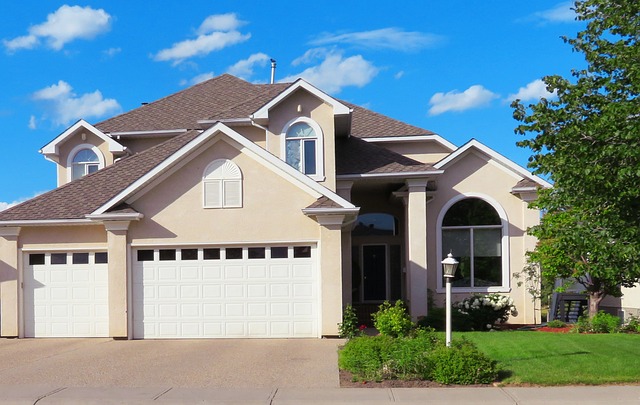
Landscaping transcends mere gardening; it is the art and science of enhancing the outdoor environment to create spaces that are both functional and aesthetically pleasing. This discipline involves the careful design and thoughtful arrangement of natural elements—trees, shrubs, flowers, and grass—alongside man-made structures like paths, furniture, and water features. Effective landscaping considers the ecological balancing of local flora and fauna, preservation and interaction with existing land topography, and climatic conditions, ensuring sustainability and harmony with nature. It also plays a crucial role in improving the quality of life for residents by contributing to the physical environment and elevating the visual character of community spaces. Whether for private gardens, public parks, or corporate properties, landscaping is a dynamic field that blends creativity with practicality, aiming to create serene, engaging, and sustainable environments.
Landscaping
Landscaping is both an art and a science, transforming outdoor spaces into functional and aesthetically pleasing environments. Combining elements such as plants, trees, soil, and structures, it requires a well-balanced design to harmonize with nature. The process involves understanding the local climate, soil types, and the specific needs of the inhabitants. Each element, from a single flower to entire tree canopies, plays a significant role in the overall design, providing not only beauty but also contributing to sustainability and biodiversity.
Professional landscapers often rely on tools and technology to bring their visions to life. Essential tools can range from handheld pruners and shovels to more advanced equipment like lawn aerators and power tillers. Recent technological advancements have further refined landscaping techniques, integrating software for landscape design and management systems that allow for precise planning and execution. Innovative garden tech like automated irrigation systems and solar lighting enhances efficiency and supports environmentally friendly practices.
Choosing the right landscaping contractor is a critical step in ensuring the success of any project. An experienced contractor will not only provide expertise in plant selection and soil management but will also understand the best materials and techniques for your specific landscape. Their knowledge helps to prevent common pitfalls such as poor drainage or pest infestations, ensuring that the landscape remains healthy and vibrant for years to come. By working collaboratively with clients, a skilled contractor can create a customized plan that reflects personal style while also meeting practical needs.
Incorporating unique features can significantly enhance the appeal and functionality of a landscape. Water features, like ponds and fountains, add tranquility and attract wildlife, promoting a peaceful environment. Similarly, strategically placed lighting makes outdoor spaces usable and inviting even after sunset, highlighting focal points like sculptures or plants. Backyard havens are increasingly popular, with trends leaning towards outdoor kitchens, fire pits, and cozy seating areas that extend living spaces for entertainment and relaxation purposes. These elements blend utility with creativity, crafting outdoor areas that inspire gatherings and solitude alike.
Sustainability is a core focus in modern landscaping, encouraging practices that support eco-friendly designs and native plantings. By reducing the use of chemicals and opting for organic fertilizers, landscapers can minimize environmental impact and protect local ecosystems. Xeriscaping, which involves drought-resistant plants and efficient water use, has become a sustainable solution in arid regions. Moreover, rain gardens and green roofs contribute to better stormwater management, mitigating flooding risks. Embracing these methods ensures landscapes not only thrive today but remain resilient and adaptive to climate changes in the future.